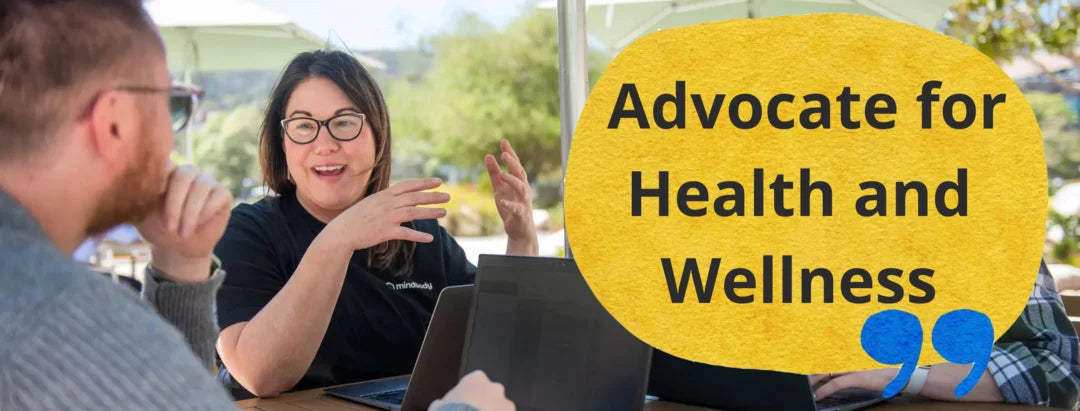
What Are Three Things You Could Do If You Were Asked To Become An Advocate For Health And Wellness
Becoming an advocate for health and wellness means promoting healthier lifestyles and inspiring others to prioritize their well-being. If you're asked to step into this role, the opportunity is both impactful and rewarding.
But what are three things you could do if you were asked to become an advocate for health and wellness? Here's a detailed guide to help you get started.

How to Become an Advocate for Health and Wellness: 3 Key Steps
1. Educate Yourself and Others
To advocate effectively, it's essential to have a strong foundation of knowledge about health and wellness.
Why Education Matters
When you understand the basics of nutrition, exercise, mental health, and preventive care, you're better equipped to share accurate information. As a health and wellness advocate, you'll need to address myths, provide helpful resources, and create awareness about critical issues.
Practical Steps:
- Stay Updated: Read books, attend webinars, and follow credible health organizations like the World Health Organization (WHO) or CDC.
- Host Workshops: Organize sessions on topics like healthy eating, stress management, or fitness routines.
- Share Content: Use platforms like blogs, YouTube, or Instagram to share tips and research-backed insights about healthy living.
2. Lead by Example
People are more likely to trust and follow an advocate who practices what they preach.
The Importance of Setting an Example
When you embody healthy habits, you become a role model for others. Your actions inspire people and demonstrate that making wellness a priority is achievable.
Practical Steps:
- Adopt Healthy Habits: Exercise regularly, eat balanced meals, and prioritize mental health.
- Document Your Journey: Share your progress, challenges, and successes on social media to motivate others.
- Engage Your Community: Encourage friends and family to join fitness challenges or participate in health-focused events like walks or marathons.
3. Collaborate with Health Initiatives
Advocacy becomes more impactful when done collectively.
Why Collaboration Works
Partnering with local organizations, businesses, or schools helps you reach more people and create meaningful change. Together, you can tackle larger issues like obesity, mental health stigma, or lack of access to nutritious food.
Practical Steps:
- Join Local Campaigns: Volunteer with initiatives that align with your wellness goals, like mental health awareness or fitness drives.
- Promote Wellness Programs: Encourage workplaces to implement wellness programs that include fitness challenges, meditation sessions, or healthy snacks.
- Support Nonprofits: Partner with nonprofits that focus on health education, healthcare access, or community wellness programs.
Why Advocacy Matters
Health and wellness advocacy isn’t just about spreading knowledge—it’s about inspiring lasting change. By educating others, leading by example, and collaborating with health initiatives, you can make a significant difference in your community and beyond.
So, what are three things you could do if you were asked to become an advocate for health and wellness? Educate yourself and others, lead by example, and collaborate with impactful initiatives. These steps not only help you influence others but also create a ripple effect that contributes to a healthier society.
Becoming a health and wellness advocate starts with small, intentional actions. Whether you’re organizing a community workshop or sharing tips online, every effort counts. Ready to inspire positive change? Start your journey today.

Leave a comment